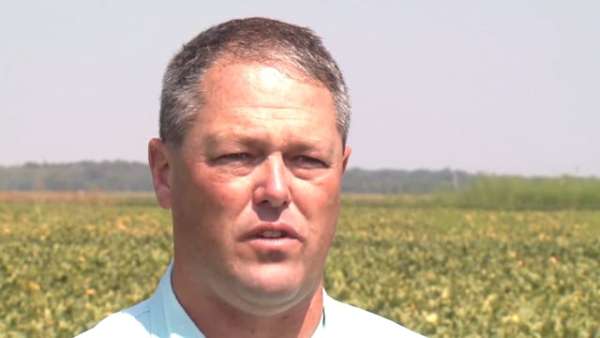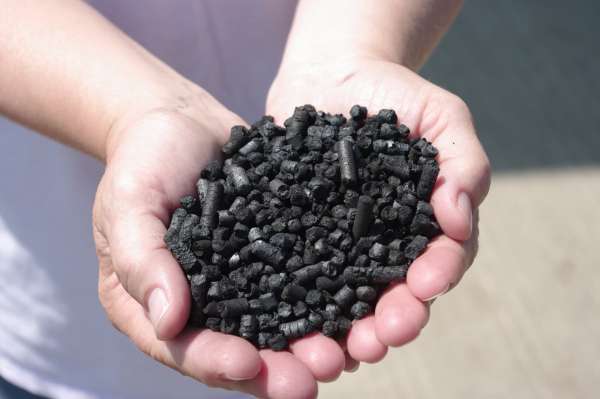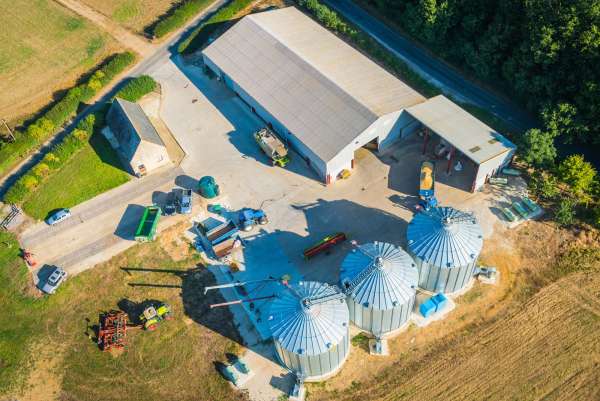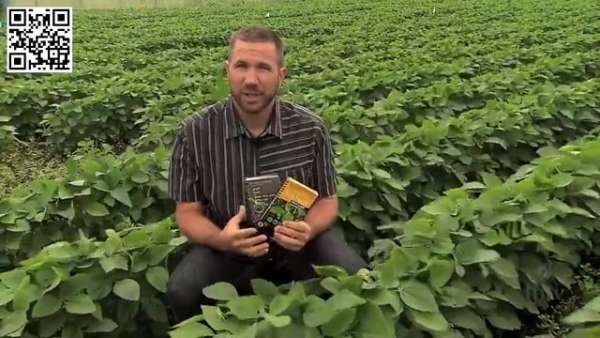Growing more food: biotechnology
Lessons
# Plant and Soybean Introduction
Conduct a photosynthesis lab; answer true and false questions about soybeans and their uses; identify the parts of a soybean plant; read about macronutrients; then draw a plant that shows nutrient deficiencies.
Files
# Soybean Production Overview
Watch Soybean Production Presentation; answer questions about soybean seeds and plants; research no-till and pesticide use.
Files
# Growing Round-up Ready Soybeans
Grow Round-Up Ready seeds using the Flinn Scientific Genetically Modified Foods lab kit; write a technical paper sharing the data from the Round-Up Ready soybean experiment. (These research papers may be shared on GrowNextGen’s Student Research section.
Files
Teacher background
Soybeans are an essential part of Ohio farming operations. Proper soil nutrients are essential. There are 16 nutrients that help soybean growth, even though the emphasis is generally on nitrogen, phosphorus and potassium.
Farming soybeans can be done in various ways. No-till farming methods are a set of practices that do not require the land to be fully cultivated before planting, leaving much of the soil and cover at the surface with only a ¼” to ½” row to be tilled for planting. Conventional cultivation generally includes full tilling of the ground, removing all surface cover, either by a plow or set of disks (harrow) before planting rows. The use of fertilizers and pesticide may have positive effects on yield by increasing nutrients in the soil or reducing weeds or insects that affect the crop. Investigate the following links to get additional information about no-till and conventional farming methods:
- Crop Life America
- Pesticide User’s Guide
- Pesticides and Groundwater: A Guide for the Pesticide User
- No-Till Agriculture: Good for the Soil and the Bottom Line
In addition, there is growing momentum for the use of genetically modified crops. Round-up Ready soybeans are genetically modified to withstand the use of Round-up herbicide on soybean fields.
Next gen science standards
Science and engineering practices
- Asking questions (for science) and defining problems (for engineering)
- Analyzing and interpreting data
- Obtaining, evaluating, and communicating information
Crosscutting concepts
- Cause and effect
- Systems and system models
Disciplinary core ideas/content
- ESS2A Earth materials and systems
- ESS2C The roles of water in Earth's surface processes
- ESS3A Natural resources
- LS1B Growth and development of organisms
- LS1D Information processing
- LS2A Interdependent relationships in ecosystems
- LS2C Ecosystem dynamics, functioning and resilience
- PS3D Energy in chemical processes and everyday life
- ETS2A Interdependence of science, engineering and technology






Share this